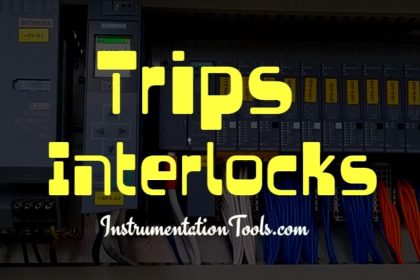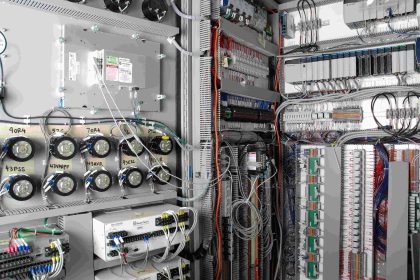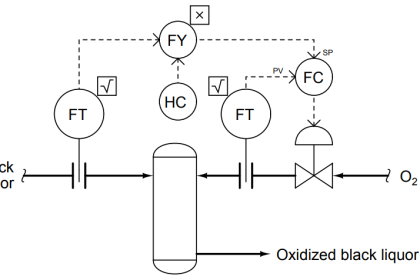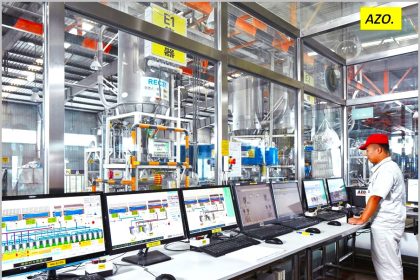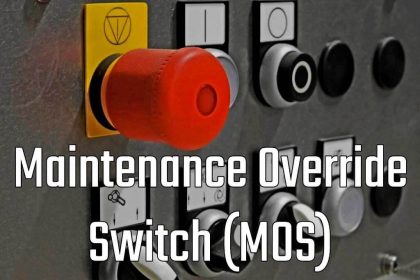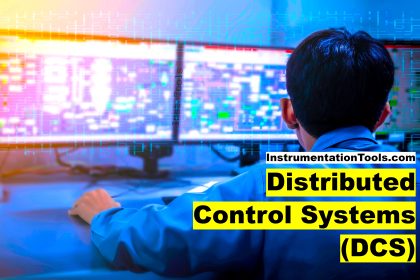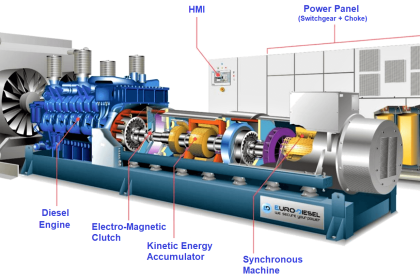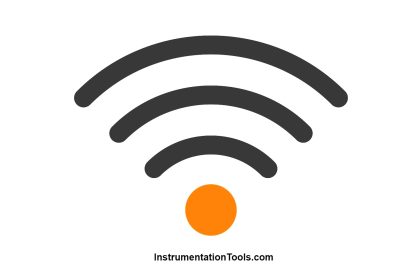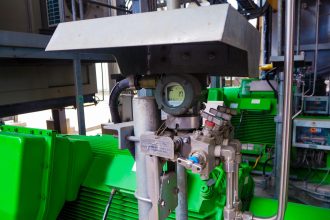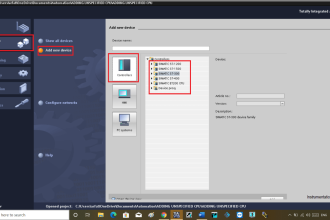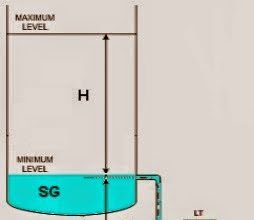DeviceNet is a digital, multi-drop fieldbus networks to connect different devices like industrial controllers, PLCs, actuators, sensors, and automation systems of multi-vendors.
The DeviceNet network not only reduces wiring and maintenance costs because it requires less wiring, it also allows DeviceNet-compatible devices from different manufacturers to be connected.
There is a wide selection of DeviceNet-compatible devices available, so a more economical system can be constructed.
DeviceNet
DeviceNet is based on the communication protocol called CAN (Controller Area Network). It was developed for maximum flexibility between field devices and interoperability among different manufacturers.
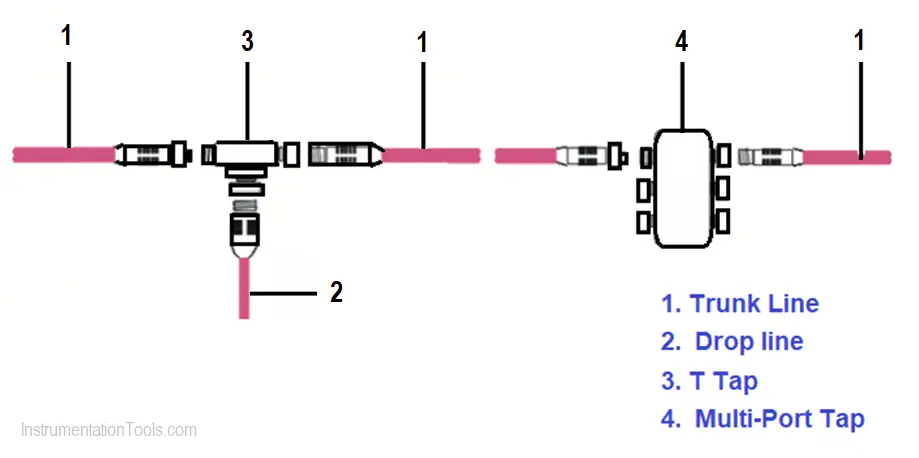
DeviceNet network is classified as a device bus network as shown in the below figure, whose characteristics are high speed, byte-level communication that includes analogical equipment communication, and high diagnostic power by the network devices.
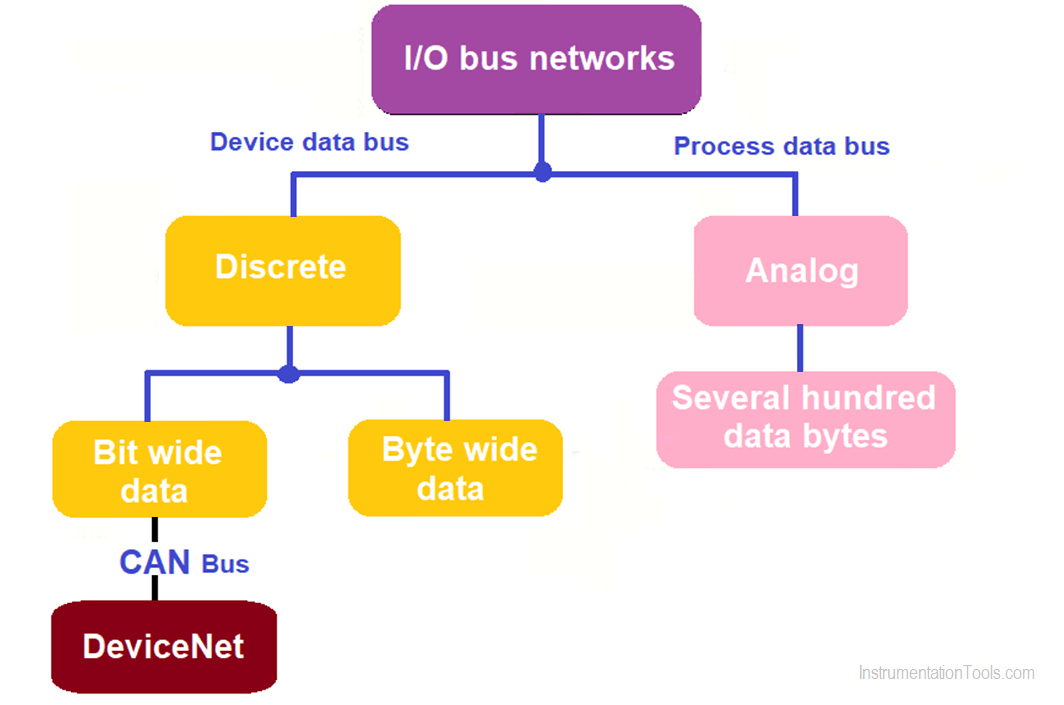
A DeviceNet network may contain up to 64 devices, with one device on each node address starts from 0 to 63.
Cables
There are 4 types of standard cables. They are thick, medium, thin, and flat.
Most generally used are the thick cable for the trunk line and the thin cable for the dropline.
Device Net requires two-strand pairs and a shield, shown in the figure below.
1. Thick cable
2. Thin cable
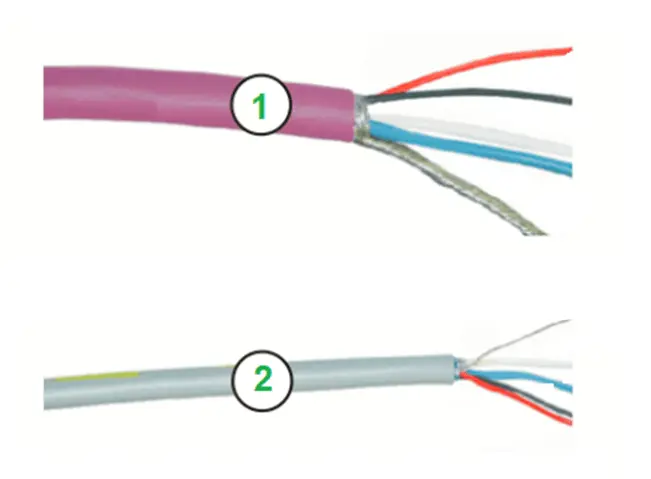
Thick cables are mainly used as trunk lines (mainlines), while thin cables are used as drop lines.
Wire color
Black 0 V power supply
Red +24 V power supply
Bare Shield
Blue CAN low signal
White CAN High signal.
Cable Length
The maximum cable length relies on the transmission rate. The following applied here.
125 KBPS Maximum cable length is 500 m; Max drop cable one length is 6 m; 156 m (cumulative)
250 Kbps Maximum cable length is 200 m; Max drop cable one length is 6 m; 78 m (cumulative)
500 Kbps Maximum cable length is 100 m; Max drop cable one length is 6 m; 39 m (cumulative)
Grounding
The shield of the DeviceNet cable must be grounded at one end.
Process bus networks and device bus networks mainly deal with analog and discrete devices, respectively. Examples of device bus networks dealing with analog devices are a thermocouple, variable speed drives (devices that transfer a few by of information at a time).
Bit-wide data bus networks handle up to 1 byte of data at a time whereas byte-wide data bus networks handle between 1 to 50 bytes or more of data at a time.
Process bus networks and device bus networks have different data transmission requirements. Discrete devices transmit only a small amount of data at a time and hence meet the high-speed requirements of such devices.
Process bus networks are slow when compared to device bus networks because their data packets contain a considerable amount of information which are transmitted at a time.
Features of DeviceNet
- DeviceNet supports up to 64 nodes with a maximum number of devices are 2048.
- The network topology used is a trunk or bus line with drop cables that connect to the devices.
- On either end of the trunk line, a terminating resistance of value 121 ohms are placed.
- DeviceNet supports the use of repeaters, bridges, routers, ad gateways.
- DeviceNet supports peer-to-peer, master-slave, and multi-master modes to transfer information in the network.
- It carries power and signal on the same cable.
- DeviceNet supports 8 Amps on the bus. Because of the high power handling, the system is not intrinsically safe.
- Devices can be added or withdrawn from the network under power.
Bus Networks
The figure below shows the DeviceNet protocol along with the OSI protocol. It is seen that layers 3 to 6 OSI protocol are absent in this case.
DeviceNet uses CAN protocol to implement data link and physical layers while the application layer confirms to CIP.
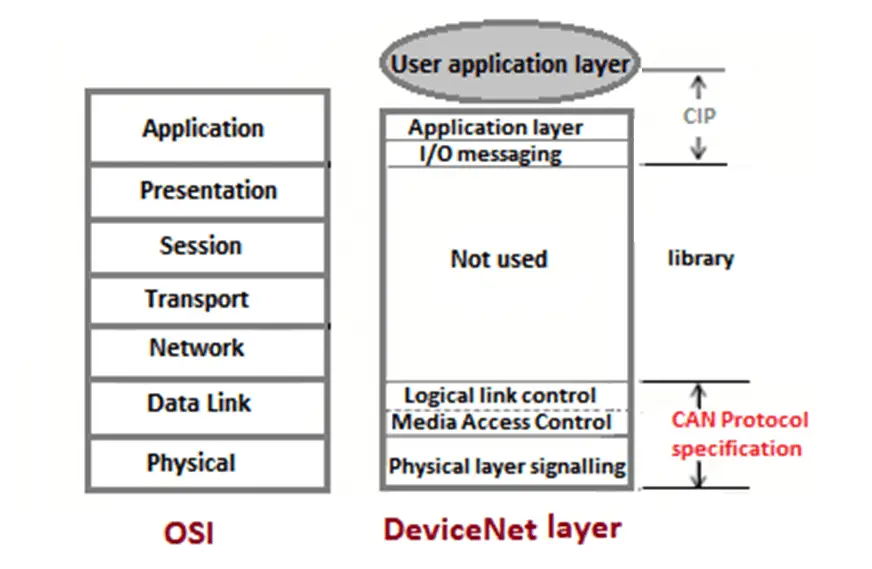
Data rate
DeviceNet protocol offers variable data rate, trunk distance, and drop distance. This relationship is illustrated in the above.
The total length of the trunk line dependent on data rate, cable type, and the number of devices.
DeviceNet Network Types
Use DeviceNet cables to wire connections such as multi-drop trunk lines and T-branch lines.
These connection methods can help reduce onsite wiring costs and maintenance costs.
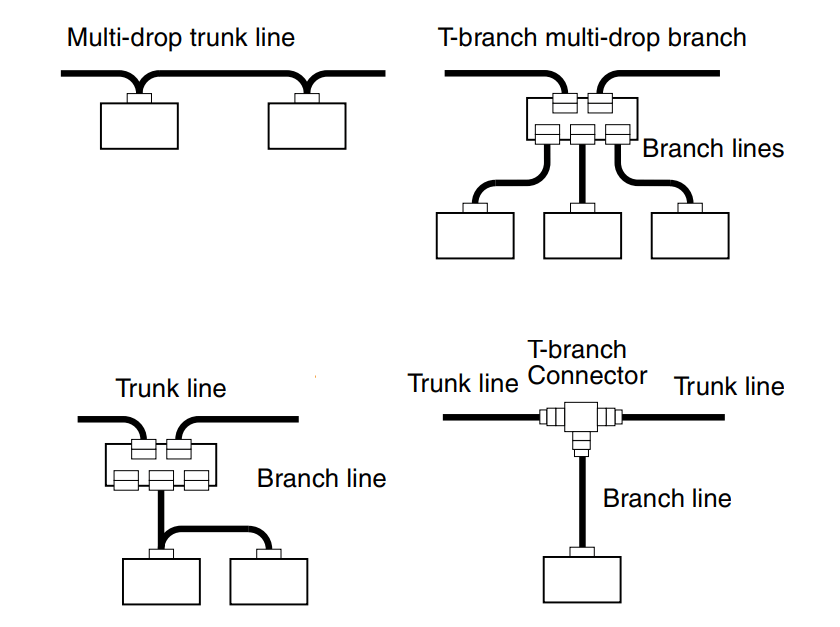
Multi-vendor Networks
The DeviceNet communications specifications are open and standardized, so a DeviceNet-compatible device from any manufacturer can be connected.
DeviceNet can be used in a variety of field-level applications by combining devices such as valves and sensors.
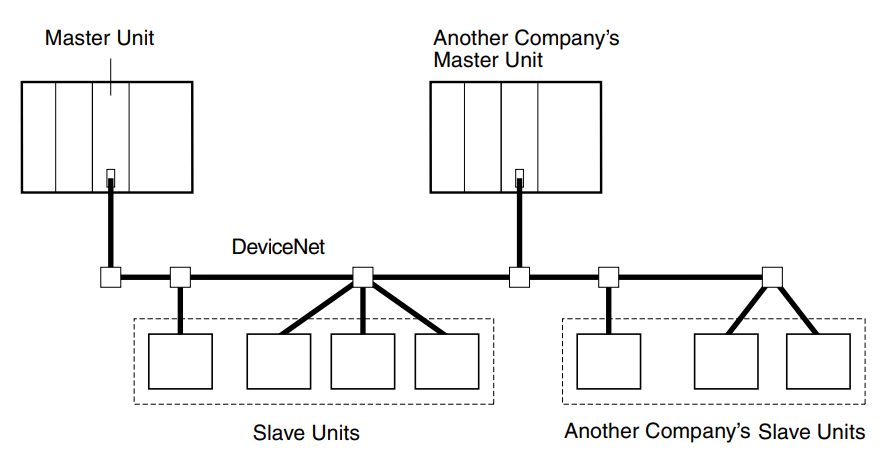
Download the below PDF files to read more about DeviceNet
References:
- Fieldbus and Networking in Process Automation. By Sunit Kumar Sen.
- Omron Manual
If you liked this article, then please subscribe to our YouTube Channel for Instrumentation, Electrical, PLC, and SCADA video tutorials.
You can also follow us on Facebook and Twitter to receive daily updates.
Read Next:
